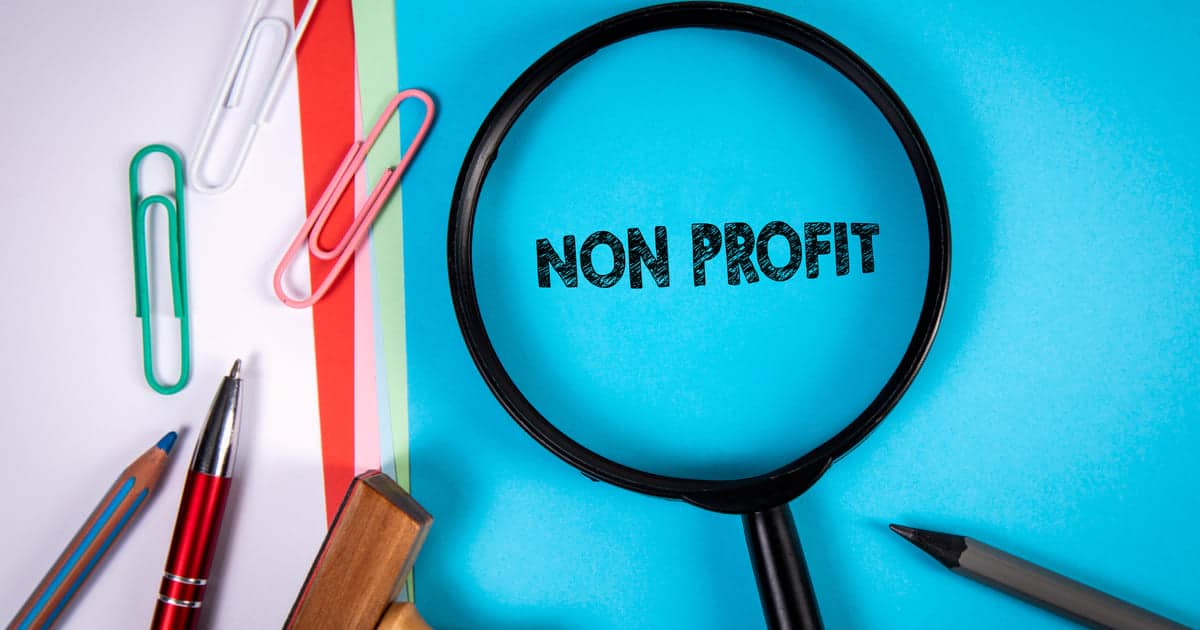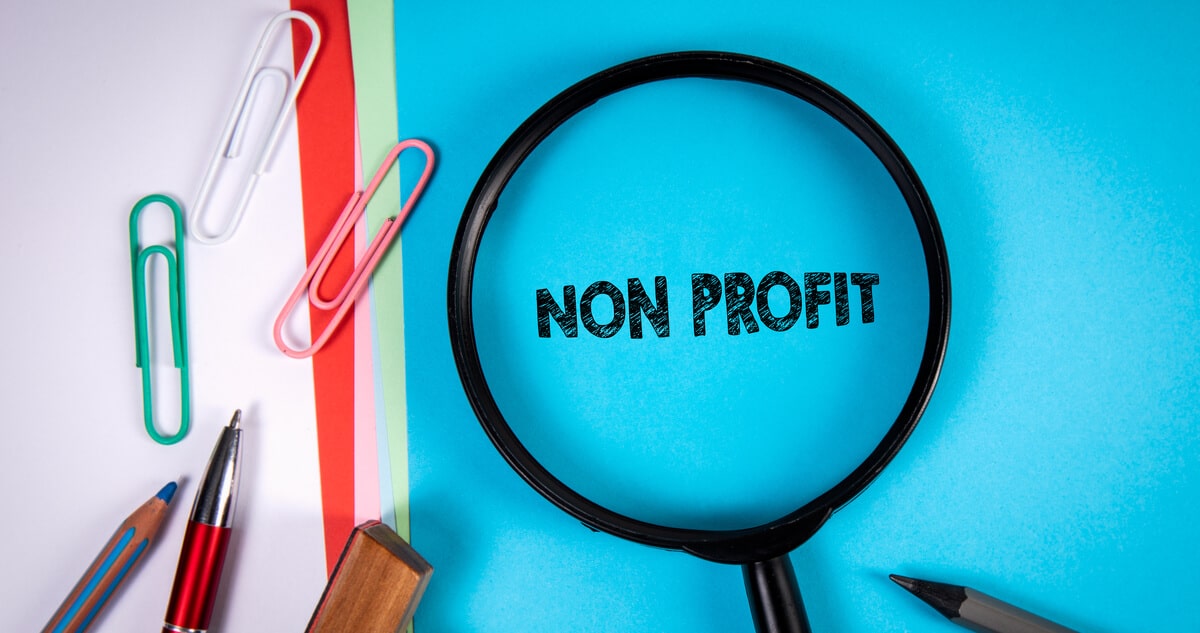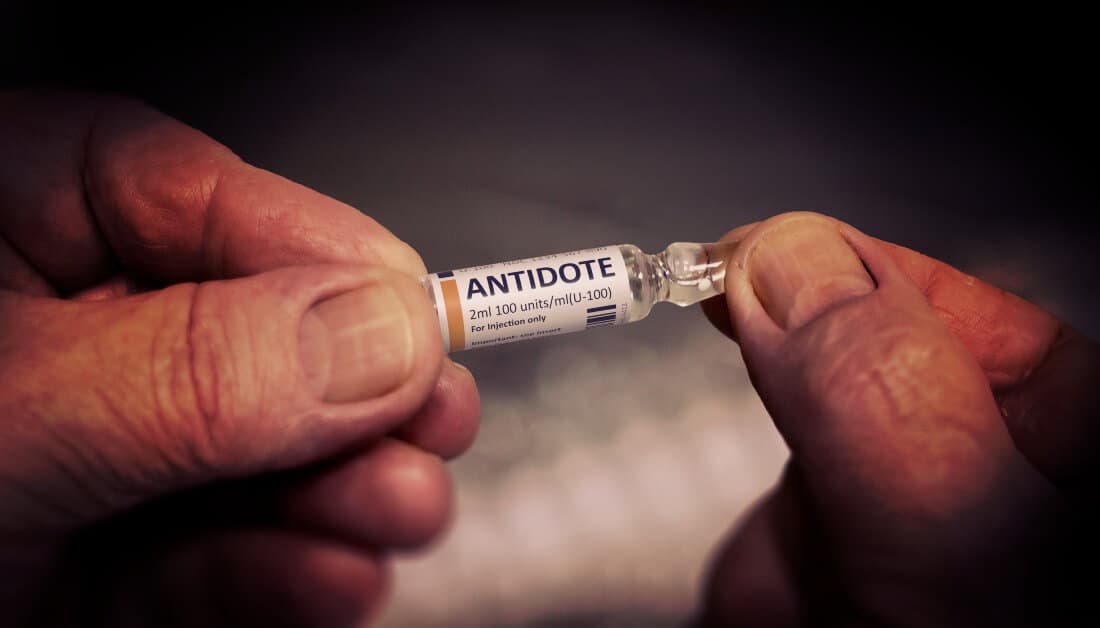TYSONS OFFICE
CORONAVIRUS RELIEF ALERT — CARES Act Alert #1: Help for 501(c)(3)s & Small Businesses via the PPP

Having served nonprofits and small businesses for 43 years, Gammon & Grange hopes to be a trusted resource during these trying times that require rapid response to new issues in uncharted waters. We will try to anticipate your questions with timely Alerts, such as this one relating to the new CARES Act. Our CARES Act Team is led by our attorneys Nancy LeSourd and Matthew Szymanski and includes our non-attorney consultant Phil Eskeland. Mr. Szymanski and Mr. Eskeland bring experience from their past service, respectively, as the chief of staff and the deputy chief of staff of the Small Business Committee in the U.S. House of Representatives, including during the legislative response to 9/11.
A. The Coronavirus Aid, Relief, and Economic Security Act (CARES Act) (complete text) became law on March 27, 2020. Among its benefits for small businesses and 501(c)(3) nonprofits, it:
1. creates a temporary $349 billion Paycheck Protection Program (PPP) that delegates loan decisions to the existing network of lenders that participate in the popular Section 7(a) business loan guarantee program of the Small Business Administration (SBA);
2. adds a new unemployment compensation program for independent contractors and the self-employed, and a refundable payroll tax credit of up to $5,000 for each employee on the payroll (provided that the nonprofit or small business experiences a drop in revenue of at least 50 percent in Q1 of 2020 as compared to the Q1 of 2019); and
3. expands SBA’s Emergency Economic Injury Disaster Loan (EIDL) program in response to COVID-19 (including an “emergency grant,” or “advance,” of up to $10,000 to applicants that must be distributed by the SBA within 3 days and need not be repaid).
B. This Alert focuses on the 7(a) PPP loan program, which will launch as soon as the SBA issues formal guidance. Visit SBA webpage. Subject to that guidance, key components should include:
1. Loans are available to all small businesses and 501(c)(3) nonprofits that employ up to 500 employees, regardless of annual receipts, subject to certain additional criteria.
2. Covered period is the “period beginning on February 15, 2020 and ending on June 30, 2020” (for purposes of determining loan maximum, loan forgiveness, and other criteria).
3. Maximum loan amounts up to $10 million are available for permissible uses, including:
a. Payroll support (employee compensation; vacation, family, or medical leave; severance; insurance payments; retirement benefits; state & local taxes on employee compensation).
b. Mortgage/rent and utility payments.
c. Interest on any debt obligations incurred before the covered period.
4. Many standard loan requirements are waived. This means, among other things:
a. No borrower and lender fees.
b. No “credit elsewhere test.”
c. No collateral or personal guarantee requirements.
5. Maximum interest rate is 4 percent.
6. Maximum PPP loan maturity is 10 years.
C. The CARES Act allows borrowers to convert an SBA EIDL loan (related to COVID-19) to a PPP loan. PPP applications likely will exceed those for EIDL/COVID-19 because EIDL loans require repayment while all or most of a PPP loan might be forgiven as noted below.
D. Part/all of a PPP loan is eligible for loan forgiveness equal to the amount spent by the borrower, during an 8-week period following loan origination, for: certain payroll costs (including compensation, per employee, up to $100,000 in wages); mortgage interest payments (not principal) on debt incurred before February 15, 2020; rental payments on leases in force before February 15, 2020; and utility payments on utility services that began before February 15, 2020.
1. “Forgiveness on a covered loan is equal to the sum of the following payroll costs incurred during the covered 8-week period compared to the previous year or time period, proportionate to maintaining employees and wages: [list of covered costs].” Senate Small Business Committee Section-by-Section Analysis, page 4. (Note: This provision is to help ensure that, in most cases, for payroll costs, the 8-week period from last year is comparable to the 8-week period from this year, for purposes of documentation and to limit fraud and abuse.)
2. Borrowers that re-hire workers previously laid off will not be penalized for having a reduced payroll at the beginning of the period.
E. See the 100 most active SBA lenders here. More PPP approved lenders will be added as they meet the requirements of the SBA Administrator and Treasury Secretary. The PPP program will begin when the SBA issues formal guidance. Updates are available from us and the SBA website.
For assistance, please contact Nancy LeSourd or Matthew Szymanski. More Alerts will follow on these and other issues, including after SBA issues its guidance.





